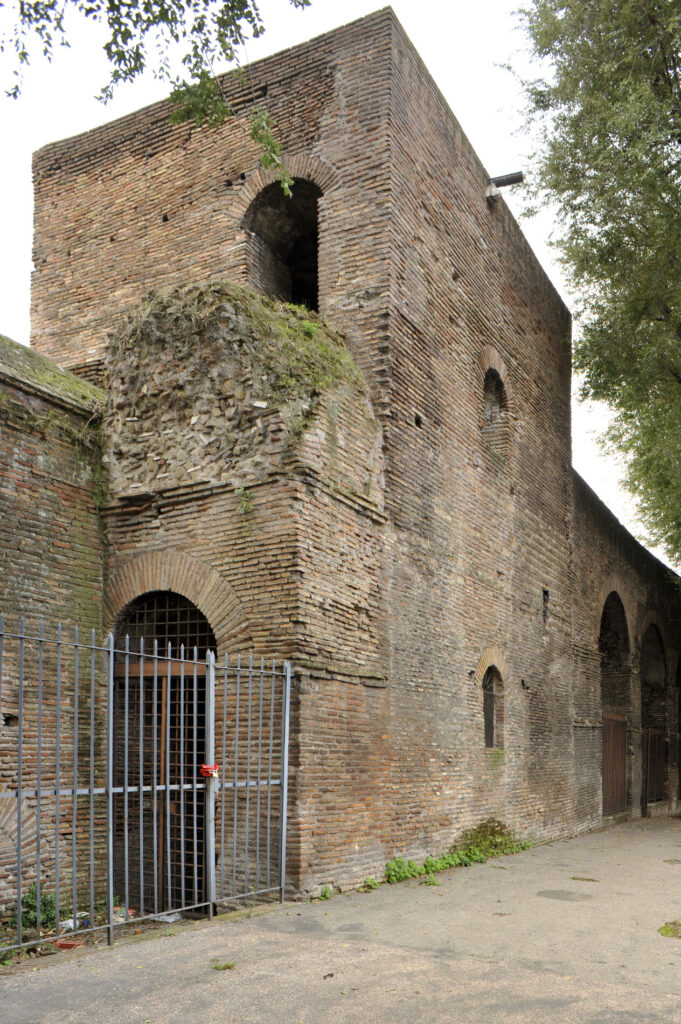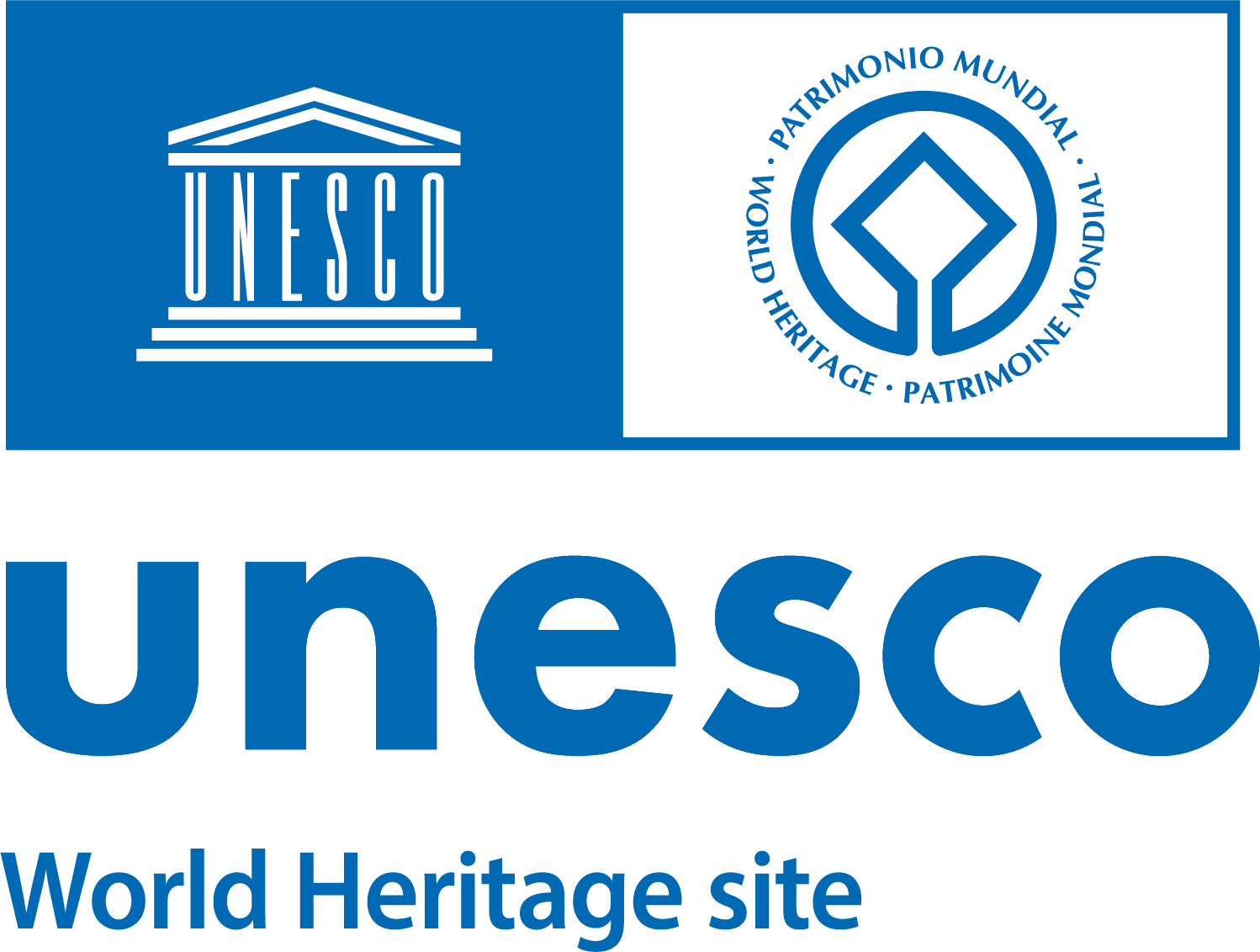Further along, on the side facing Via Ipponio, a tower features tuff blocks in the lower part and bricks above. Inside are two stacked rooms connected by a central staircase. The original Honorian tower was likely restored in the early Middle Ages, as indicated by the masonry technique. From 1939, it was used as an artist’s studio, first by architect Remo Riti, then, in the 1960s-70s, by painter Saviniano Salvator, architect Pio Chiaretti, and finally the Mexican artist Fidelio Gonzales, who carpeted the stairs and floors according to the fashion of the time.



